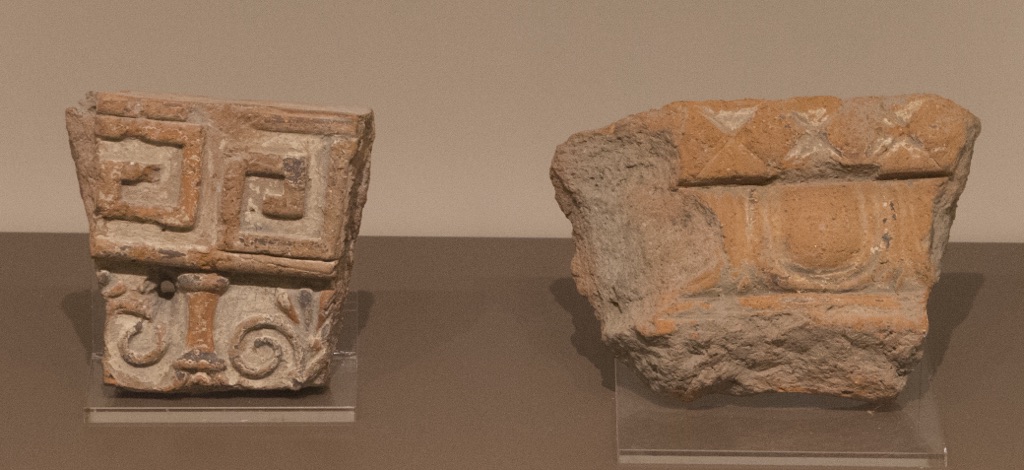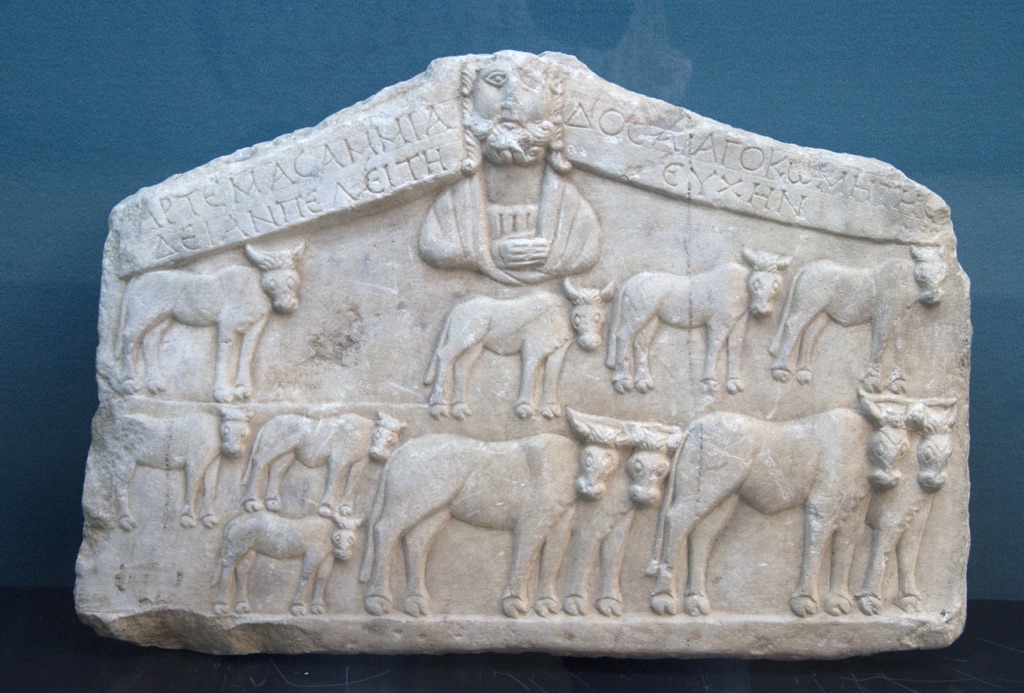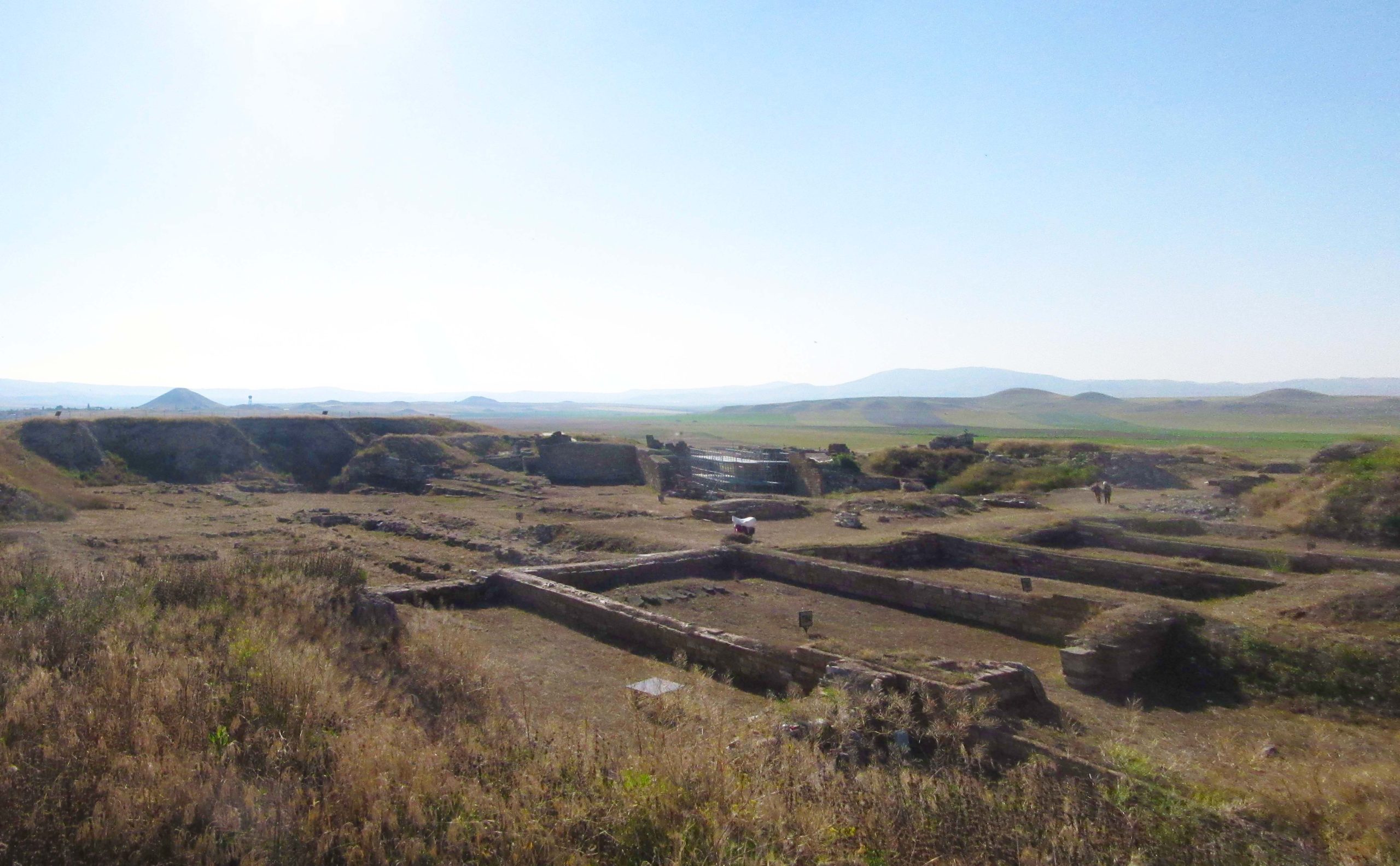Gordion, the ancient capital of Phrygia, stands as a testament to the rich history and cultural significance of this ancient civilization. Located at the modern site of Yassıhüyük, approximately 70-80 km southwest of Ankara, Turkey, Gordion’s strategic position at the confluence of the Sakarya and Porsuk rivers afforded it control over fertile lands and a pivotal role in the trade routes between Lydia and Assyria/Babylonia.
Phrygians
History of the Phrygians
The Phrygians, an ancient Indo-European people, played a significant role in the history of Anatolia, present-day Turkey, from the early first millennium BCE. Emerging prominently after the collapse of the Hittite Empire around 1200 BCE, they established their kingdom with Gordium as its capital. This period, often referred to as the Phrygian Period, saw the zenith of their power in the 8th and 7th centuries BCE, before they were conquered by the Cimmerians and later became part of the Lydian, and subsequently, the Persian Empires.
The Phrygian era is marked by significant events and periods, including the legendary reign of King Midas, who, according to Greek mythology, had the ability to turn everything he touched into gold. The Phrygians were eventually absorbed into the Hellenistic world after the conquests of Alexander the Great and subsequently into the Roman Empire, leaving a lasting imprint on the region’s cultural and historical landscape.
Culture and Society
Phrygian culture and society were rich and complex, characterized by significant achievements in art, religion, and social organization. Daily life in Phrygia reflected a society that was both agrarian and urban. The Phrygians were renowned for their skills in textile production, particularly in the weaving of intricate woolen fabrics, which were highly prized in the ancient world.
Religiously, the Phrygians worshipped a pantheon of gods, with Cybele, the mother goddess, being the most prominent deity. Her cult, which included ecstatic rites and rituals, had a profound influence on the development of later Greek and Roman religious practices.
In the realm of art, the Phrygians are perhaps best known for their distinctive architectural contributions, including the construction of monumental tombs and elaborate fortifications. Their art and architecture exhibit a blend of indigenous and external influences, reflecting the interactions with neighboring cultures.
Language and Writing
The Phrygian language belongs to the Indo-European language family, sharing similarities with Greek and Armenian. It was written using an alphabet that was derived from the Phoenician script, with inscriptions found on stone steles, pottery, and other artifacts. These inscriptions provide valuable insights into the social, political, and religious life of the Phrygians, although much of the language remains undeciphered.
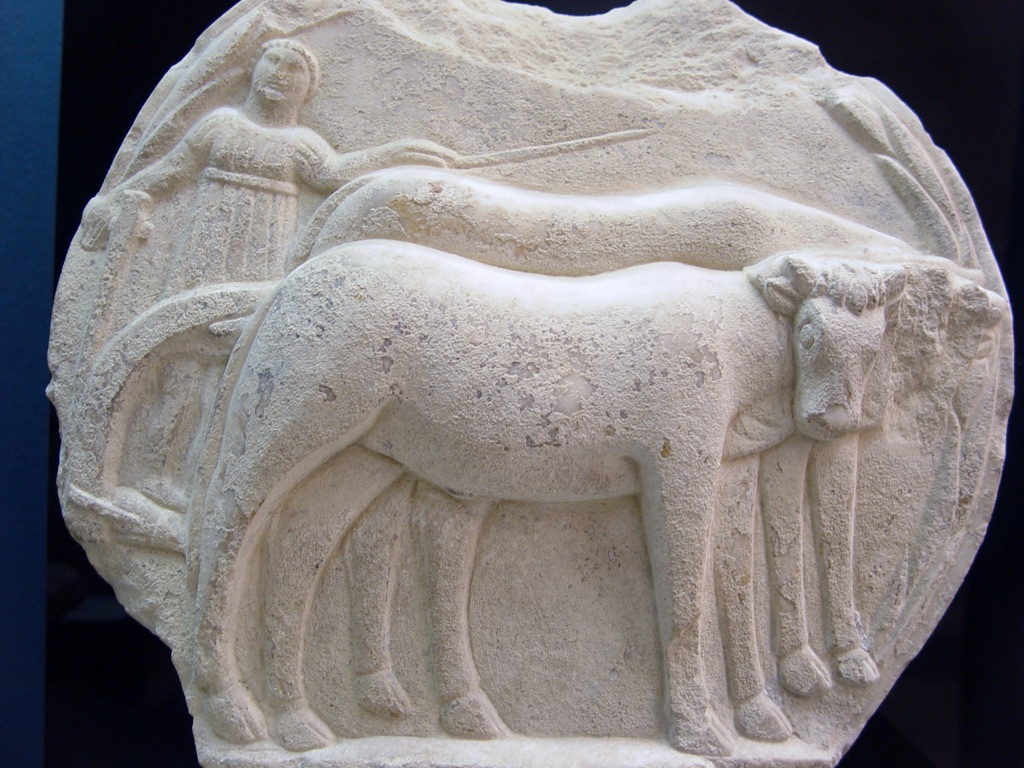
Archaeological Discoveries
Archaeological excavations have unearthed a wealth of information about the Phrygians. Major sites include Gordion, the capital city, where the Tumulus MM (believed to be the tomb of King Midas) and a wealth of artifacts have been discovered. Other significant finds include intricately designed pottery, metalwork, and the remains of monumental buildings, which offer a glimpse into the technological and artistic achievements of the Phrygians.
Influences and Legacy
The Phrygians had a profound impact on the civilizations of the ancient Near East and the Aegean. Their influence is evident in various aspects of Greek mythology, art, and religion. The worship of Cybele, for example, was adopted by the Greeks and Romans, becoming a major cult in the classical world.
Conversely, the Phrygians were also influenced by their neighbors, incorporating elements of Hittite, Assyrian, and Greek culture into their own. This exchange of ideas and practices contributed to the rich cultural tapestry of the ancient Mediterranean world.
The legacy of the Phrygians continues to resonate today, particularly in the fields of archaeology, linguistics, and comparative mythology, where their contributions to the development of ancient civilizations are increasingly recognized and appreciated.
FAQ’s about the Phrygians
What race were Phrygians?
The Phrygians were an ancient Indo-European people, part of the larger group of peoples who spoke languages belonging to the Indo-European language family. Their exact ethnic origins are a subject of historical and archaeological study, but they are distinguished from other groups in the region by their unique language, culture, and societal structures.
What is Phrygia called today?
Today, the region historically known as Phrygia is located in the west-central part of modern Turkey. The ancient territory of Phrygia encompassed areas that are now part of the Turkish provinces of Afyonkarahisar, Ankara, Eskişehir, and parts of neighboring provinces.
Where did Phrygians come from?
The origins of the Phrygians are a matter of scholarly debate, but it is generally believed that they migrated into Anatolia from the Balkans around the early first millennium BCE, following the collapse of the Hittite Empire. This migration is part of the larger movements of peoples during the Bronze Age collapse.
What happened to the Phrygians?
The Phrygians experienced a period of flourishing culture and expansion in the 8th and 7th centuries BCE before being conquered by the Cimmerians in the late 7th century BCE. Subsequently, their territory came under the control of the Lydian and later the Persian Empires. The Phrygian kingdom as a distinct political entity ceased to exist, but the Phrygians themselves were assimilated into the cultures and societies of the conquering empires.
Are Phrygians Hittites?
No, the Phrygians are not Hittites, although they lived in close proximity to the Hittite Empire and its successor states. The Hittites were an earlier Indo-European people who established a powerful empire in Anatolia, which collapsed around 1200 BCE. The Phrygians moved into the region after the fall of the Hittite Empire, filling the power vacuum it left and establishing their own kingdom.
Who is the legendary king of Phrygia?
The most famous legendary king of Phrygia is King Midas. He is best known from Greek mythology for his ability to turn everything he touched into gold, known as the “Midas touch.” Historical records suggest that there may have been more than one king named Midas in Phrygia’s history, but the legends are likely based on the wealth and power of these rulers and their kingdom.

Nevşehir Underground City
The Nevşehir Underground City is a vast subterranean network in the Cappadocia region of Turkey. Carved from the soft volcanic rock, the complex includes multiple levels with living spaces, stables, churches, and storage rooms. It’s part of a larger cluster of underground cities, but stands out due to its size and depth. The city is…
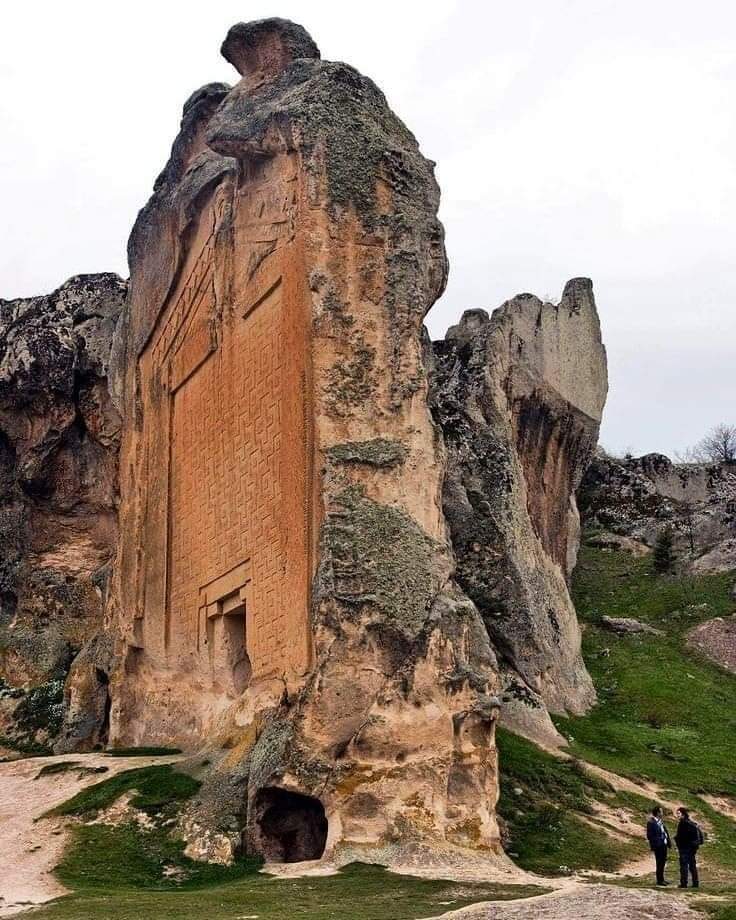
The Midas Monument
The Midas Monument, also known as the Midas City, is a significant historical site located in modern-day Turkey. This ancient site, believed to have been inhabited since the 8th century BC, is named after the legendary King Midas of Phrygia. The monument is most famous for its large, carved façade, often referred to as the “Midas Monument” or “Midas Tomb,” despite there being no evidence that Midas was buried there. The monument is a testament to the Phrygian civilization’s architectural prowess and is a valuable source of information about their culture and mythology.
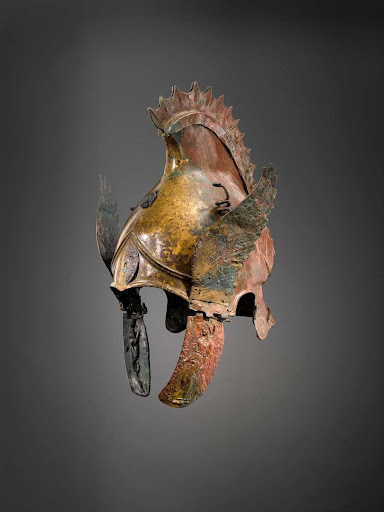
The Bronze Winged Helmet Of Phrygian Chalcidian
The Bronze Winged Helmet of Phrygian Chalcidian is a captivating artifact from ancient times. This remarkable piece of headgear, dating back to the 4th century BC, is a testament to the advanced craftsmanship of the Phrygian civilization. Its unique design combines elements of both Phrygian and Chalcidian styles, with its most striking feature being the ornate bronze wings. This helmet offers a fascinating glimpse into the past, revealing insights into ancient warfare, culture, and artistry.
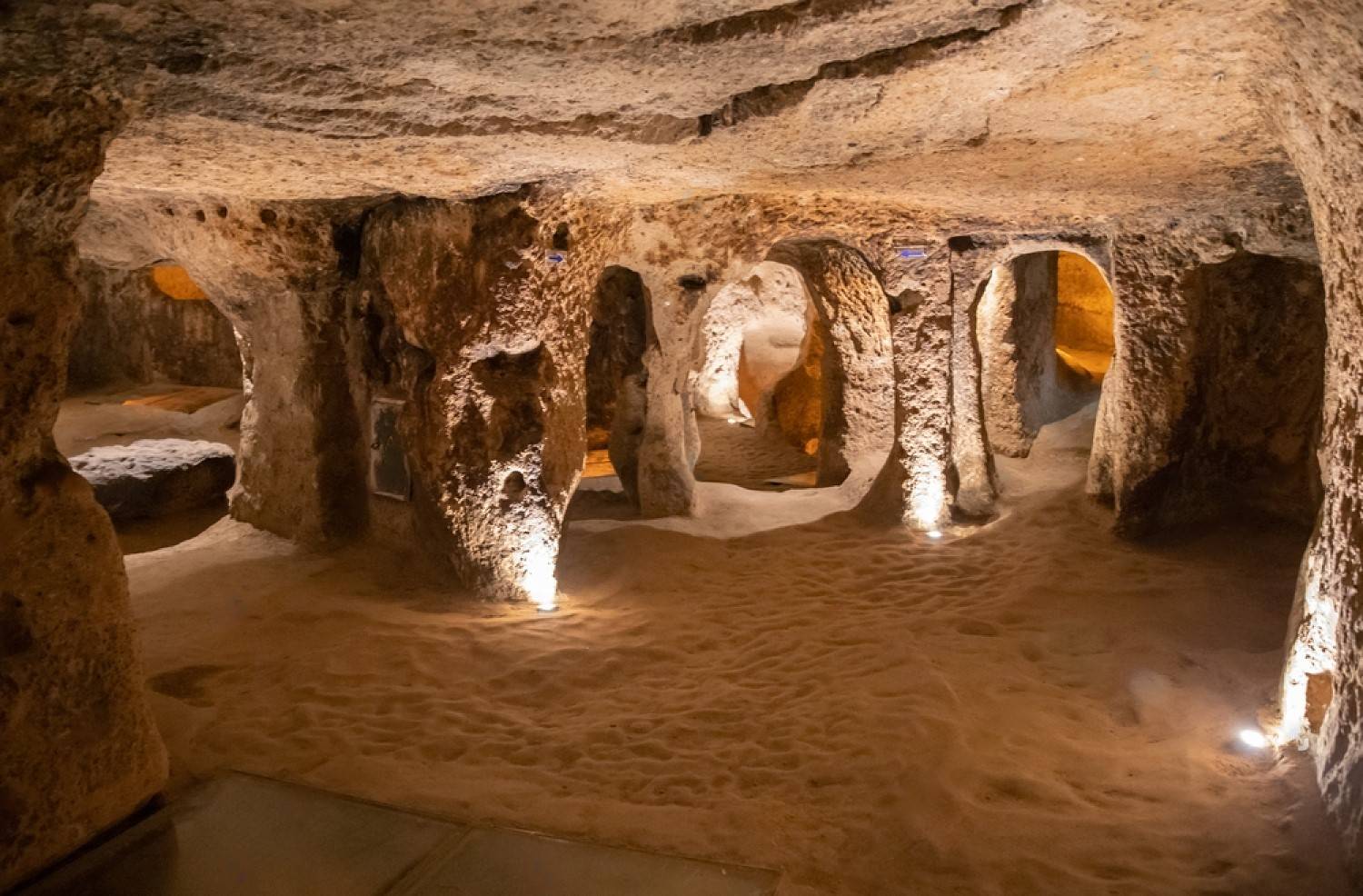
Derinkuyu Underground city
Derinkuyu is an ancient multi-level underground city located in the Derinkuyu district in Nevşehir Province, Turkey. This extraordinary city extends to a depth of approximately 60 meters and is large enough to have sheltered as many as 20,000 people together with their livestock and food stores. It is the largest excavated underground city in Turkey and is part of a network of similar complexes found across Cappadocia.

